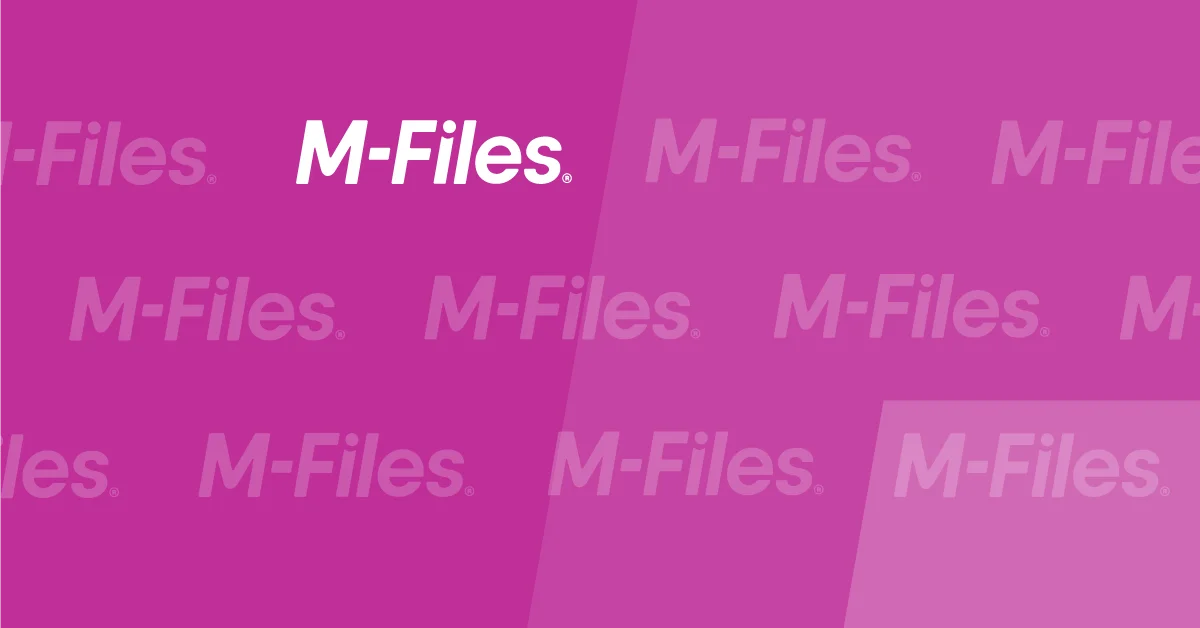The Problems with Email Attachments… and How Enterprise Content Management Solves Them

How often are you asked to edit, approve or comment on a document sent as an email attachment? For many of us, it’s a daily occurrence.
A typical scenario: A well-intentioned coworker emails multiple people a Word document looking for feedback. A helpful colleague makes some edits, hits reply all and attaches the edited file, adding one more person to the group email. Another coworker does the same. And another. Suddenly, your inbox is overflowing with attached files, all with slightly different file names (lots of users add their initials to the name).
Hours later, you finally have time to tackle the document. Which of the dozen emailed attachments do you use?
The Mess of Email Attachments
Email attachments were once a novel addition to emails, a seemingly advantageous feature that allowed for rapid sharing and exchange of information. However, they also quickly became unwieldy. If your organization is managing work via email attachments, you understand the headaches.
There must be a better way. An enterprise content management solution like M-Files allows users to collaborate, coordinate and manage work projects far more efficiently.
Let’s take a closer look at the challenges email attachments pose and why.
Version Control
A string of emails with attachments, like in the above example, creates major quality issues. There’s the natural frustration many users face when trying to figure out which version to use. Using the wrong version or not including the full list of reviewers compounds the problem for everyone.
For the worker who is responsible for the final document, it’s very easy to miss an edit or suggestion due to the litany of different document versions at play. What’s worse, the process may dissuade some people from participating in the document review, when they grow fed up with the email mania that has hit their inboxes.
A version control system offered by ECM allows for tracking of versions, changes, and who made those changes and remains a far more sensible approach to shared document review.
Storage Problems
Consider all those versions of the same document. Imagine it’s a presentation slide deck with lots of high-resolution photos. Such files take up massive amounts of storage space. If users are downloading and saving those myriad versions to their desktop or their own network files, the system can quickly become clogged with gigabytes of duplicated files.
System congestion can slow down operability for anyone else who needs to use file servers to access or save their own work files. If a file server becomes full, it will have a ripple effect throughout the organization.
Resolving a storage issue often involves a central IT employee increasing storage size for a clogged server; however, many organizations put strict limits on server sizes and may charge business units for additional capacity.
Poor Collaboration
The reality is that email attachments dissuade the original intent of email attachments: collaboration. With the confusion, frustration, inefficiency and inaccuracy that can develop, the lost opportunities are innumerable.
Collaboration is a necessary and important factor of any effective workplace. There’s a reason coworkers want insights on documents. Email attachments are not the way to go about getting valuable feedback efficiently.
Why an Enterprise Content Management Solution Makes Sense
Enterprise content management (ECM) systems alleviate the problems of relying on email attachments. ECM tools capture, deliver, manage, preserve and store documents of all types. What’s more, they allow for better collaboration, using pre-defined processes that ensure everyone knows where to find and use documents.
There are two core functions of ECMs when it comes to collaboration. One is having a single source for a document’s location. The second is functionality that allows for multiple users to access, use and edit a document, often in real time.
These solutions may allow users to “check out” documents to edit individually, but the changes are made and tracked within the shared file location. Other key workflow features leading ECM solutions provide include:
- Access management, including read-only sharing capability
- Auditing functionality
- Compliance with regulatory mandates
- Document history
- Multiple file type support
- Public access via a hyperlink
M-Files provides an eloquent solution that eliminates the need for email attachments.




